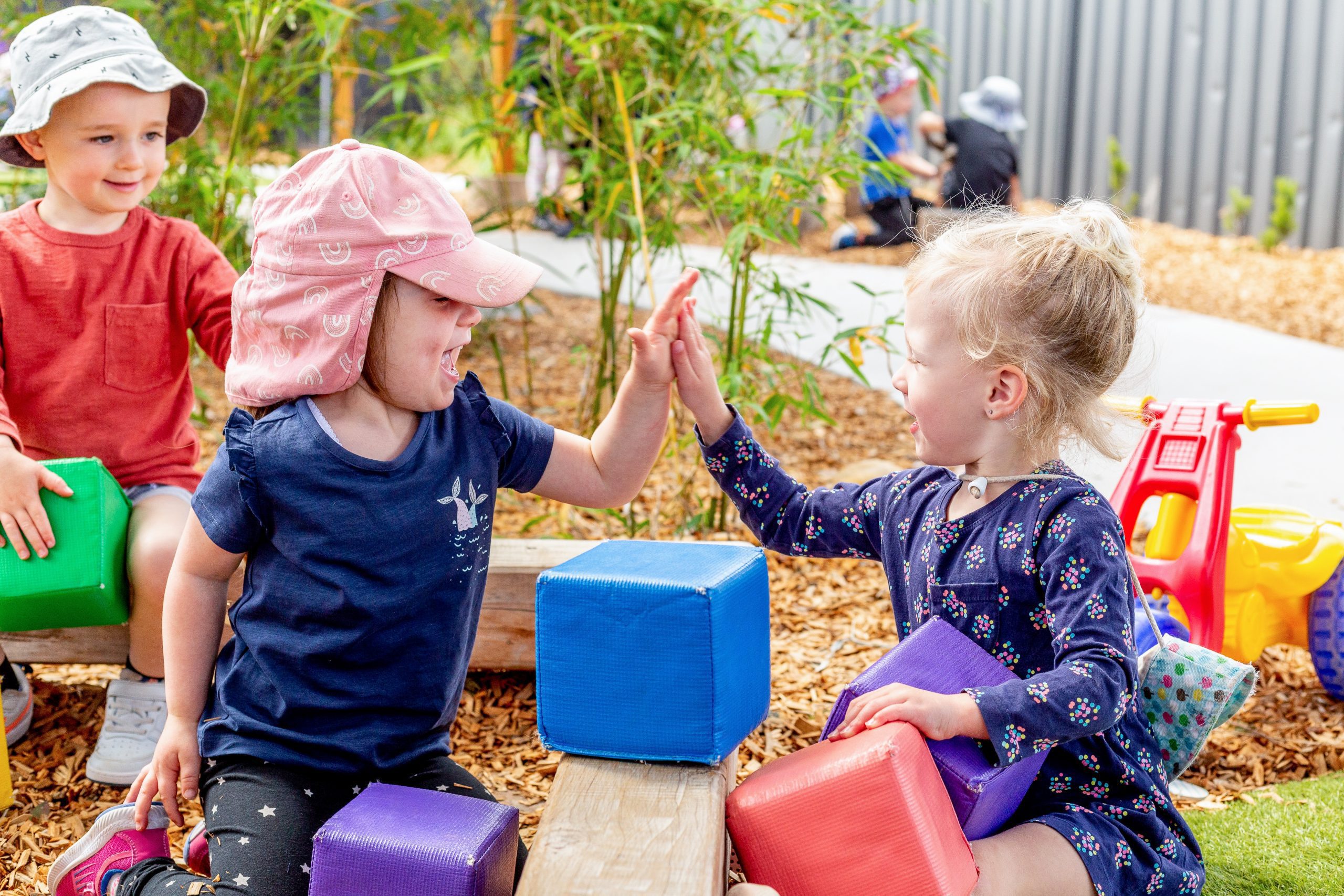
Parents: Help your kids discover the joy of maths in the outside world
- January 12, 2022
- 0

Explorations outside of school can connect children with maths in new and varied ways, which aren’t always practical inside school buildings.
In a previous blog post, I shared 3 easy things that families can do at home to engage in meaningful and fun mathematical play and talk.
Here are 3 more games and activities to help children get curious about mathematics in the world around us.
Contents
Tip 1: Play ‘Number I Spy’
This game is about spying numbers in a sequence.

- Look for numbers whilst out and about, the game starts with a 1
- Call out when you see a 1
- Take it in turns or be the fastest to spot the next number in the counting sequence: 1, 2, 3 and so on
- Continue until you reach 20, or a number that works with your child.
How does this get them thinking?
This game is initially about spotting numbers and identifying symbols. But by playing, children will start to understand where they are most likely to see numbers.
At school, children often use numbers to say how many there are of something. Outside of school, numbers are used in many other ways, such as labeling buses and trams, or for reference such as house numbers.
This is a different use of number to ‘how many’, since spotting a 7 on a bus does not mean there are 7 buses.
How does it encourage mathematical talk?
Number I Spy is simply about using the language of numbers. Children might also use the terms multiples, odd, even, and sequences.
How can it go further?
There are many modifications for this game. The counting sequence, 1, 2, 3, 4… is a good starting point. Children can also work backward down from 20 to build experience with the sequence. Or, you might wish to play with the sequence of odd numbers (1, 3, 5, 7…) or a set of multiples (0, 4, 8, 12…) for children who are already comfortable with the counting sequence.
And this one is trickier, but you can be inventive with your number spotting. For example, you might find a spiral that looks like a six or turn your head to see a 3 shape on a pair of arches.
Tip 2: Play ‘Which Way is South?’
Navigational clues are everywhere in the outside environment if you tune into them. For children, drawing attention to compass orientation can develop their spatial awareness, a hugely important mathematical skill.

- Go for a walk, long or short, through a park or even to the shops
- Every time you change direction, identify which way is South!
How does this get them thinking?
This game takes some training. There are many clues in the outside environment and some will be different depending on whether you are walking in an urban or more natural environment.
- Foliage is heavier on trees on the south side (if they aren’t growing in shadow)
- In colder months with no leaves on trees, you can look for moss. This grows more in shade (or the North side) than in the sun.
This isn’t a perfect science and you might need a few clues to get a sense of direction!
How does it encourage mathematical talk?
Reasoning is a big part of this game when trying to convince each other of which way south is. The talk will likely include language of logic and reason, sentences with a structure such as, because ____, I think _____. The compass directions of North, East, South, and West might also be involved.
How can it go further?
There are many possibilities for pattern spotting, convincing, and refuting in this activity. On a given day, you might notice new clues from the environment:
- In spring, see if there is a pattern to where new buds and leaves first emerge on plants and trees
- Some cities have a more regular wind direction. For example, in my hometown, the wind often moves East. Over time you may also notice this
- Coastal areas mostly have cloud gathering over land, this gives clues to the direction of the sea.
Tip 3: Identify Tree Heights
Finding the height of trees is tricky! Dropping a measuring tape from the top isn’t the easiest climb. One easy way is to use a phone or tablet…

- Take a photo of a tree, with someone standing next to the tree trunk. Let’s call this person Shruti
- Measure Shruti’s height
- On a screen or a printout of the tree picture, see how many Shruti’s fit alongside the tree. Either cut out multiple Shruti’s or use a small strip of paper
- Multiply the height of Shruti by the number of times they fit in the tree!
How does this get them thinking?
Children might want to explore other trees in the area and develop their estimating skills. Building a sense of comparison for a known height is a starting point for making reasonable guesses. It might be useful to consider a metre for more straightforward tree height guessing whilst on the move.
How does it encourage mathematical talk?
This investigation involves processes of measuring, comparing, and multiplying. It also requires the language of height, metres, and length.
How can it go further?
Some children might be able to understand that the old artist tool of using a pencil for scale can also be applied here. With one eye closed, hold out a pencil until it is the height of the tree. Rotate it 90 degrees, level with the ground. If someone stands at the end of the viewpoint, then their distance from the base of the tree should be about the same as the height.
The photo comparison method can also be used for estimating other lengths and heights. For example, scaling up to estimate the height of tall buildings is a more substantial challenge.
Be bold!
Modify, adapt, combine and go in different directions with your mathematical explorations. When trying an idea from the above, you might find that children are initially more interested in how the moss feels than in the direction that part of the tree is facing and that’s okay. You can always explore their curiosity one day and then invite them to join yours another time.
[“source=educationblog”]




















